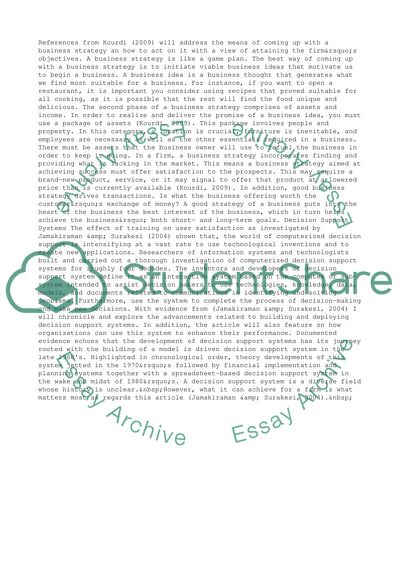Cite this document
(“Topic Analysis: Business Intelligence Essay Example | Topics and Well Written Essays - 1750 words”, n.d.)
Retrieved from https://studentshare.org/business/1445975-topic-analysis-business-intelligence
Retrieved from https://studentshare.org/business/1445975-topic-analysis-business-intelligence
(Topic Analysis: Business Intelligence Essay Example | Topics and Well Written Essays - 1750 Words)
https://studentshare.org/business/1445975-topic-analysis-business-intelligence.
https://studentshare.org/business/1445975-topic-analysis-business-intelligence.
“Topic Analysis: Business Intelligence Essay Example | Topics and Well Written Essays - 1750 Words”, n.d. https://studentshare.org/business/1445975-topic-analysis-business-intelligence.


